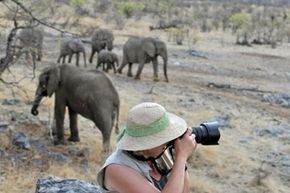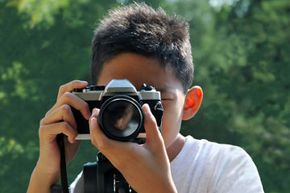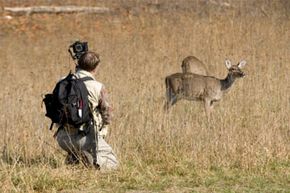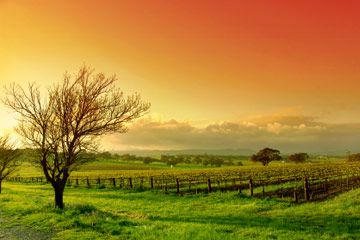President Teddy Roosevelt -- who was a well-known hunting enthusiast -- still gets a bad rap from animal lovers, even though he passed away many years ago. If only he'd substituted a camera for his rifle, perhaps he would be remembered as a kinder, gentler man.
Wildlife photography can be every bit as exhilarating, challenging and satisfying as hunting, and it requires a similar set of skills: patience, noise discipline and the ability to endure exposure to the elements without too much discomfort. These requirements often set it apart from conventional photography [source: Hudspeth].
Advertisement
Patience and noise discipline, in particular, are key skills for anyone to possess if he's planning on taking photos of wild animals. Some people might even tell you that an animal's awareness of the photographer's presence can be the difference between good and bad wildlife photography. This is because animals behave differently when they sense that people are around them. So while you may think you're capturing their natural behavior on film, if they know you're there, you're likely to get a lot of shots of their backsides, as they'll be running in the opposite direction.
If you're just snapping shots of elephants at the zoo, obviously a basic point-and-click camera is all you need. But a serious wildlife photographer will benefit from special equipment to help avoid detection by the animals being filmed [source: Coe]. If you can remain unnoticed, not only do you keep from disrupting the wildlife, you also capture them in their natural states. Obviously, you'll need a good camera, and a tripod usually comes in handy, too. But there are also other accessories -- such as camouflage and scent blockers -- that can help you remain invisible and get the best pictures possible.
Next, we'll give a quick rundown of exactly what a beginner wildlife photographer will need.
Advertisement





